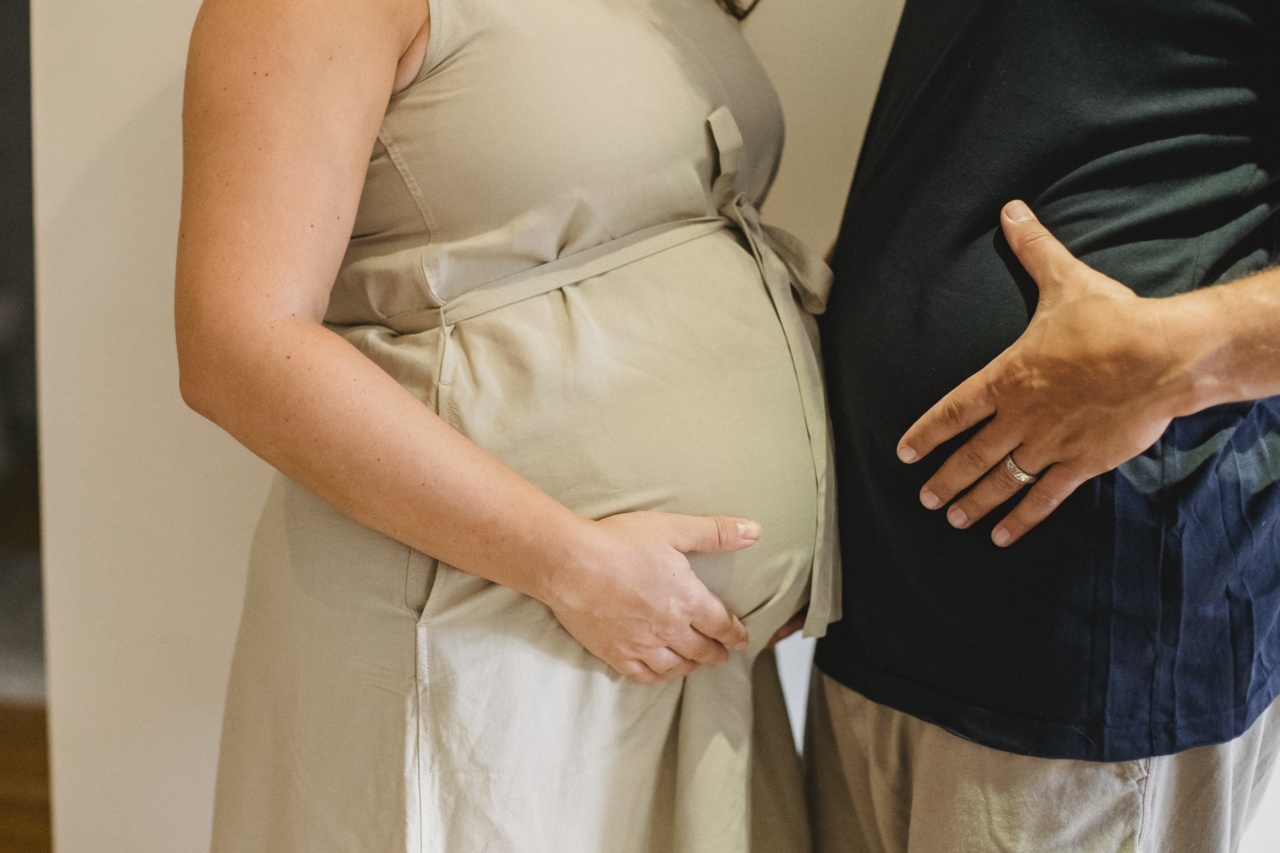Stomach polyps are growths that develop in the lining of the stomach. They are usually not cancerous and do not cause any symptoms in most cases. However, some stomach polyps can turn into cancer over time.
If you think you may have stomach polyps, there are some signs and symptoms that you should be aware of. In this article, we will explore the most common signs that you have stomach polyps.
What are stomach polyps?
Stomach polyps are a type of growth that occurs on the inner lining of the stomach. They can be flat or raised and vary in size. While most stomach polyps are noncancerous, some types of polyps can potentially develop into cancer over time.
The most common types of stomach polyps include:.
1. Hyperplastic polyps
Hyperplastic polyps are the most common type of stomach polyps, and they are usually non-cancerous. They usually develop in the lower part of the stomach and do not cause any symptoms in most cases.
2. Adenomas
Adenomas are a type of stomach polyp that can be precancerous. They can grow anywhere in the stomach and are usually larger than hyperplastic polyps.
Some adenomas have the potential to turn into stomach cancer over time, so they need to be removed through endoscopy or surgery.
3. Inflammatory fibroid polyps
Inflammatory fibroid polyps are rare types of stomach polyps that develop in the stomach’s connective tissue. They can be raised or flat and can cause symptoms like abdominal pain, vomiting, and bleeding.
What are the signs that you have stomach polyps?
Most stomach polyps do not cause any symptoms, so you may not be aware that you have them unless your doctor discovers them during an endoscopy or imaging test.
However, some stomach polyps can cause symptoms, and if you experience any of the following signs, you should see a doctor:.
1. Abdominal pain
If you have stomach polyps, you may experience abdominal pain that ranges from mild to severe. The pain can be dull and achy or sharp and intense. The pain may be constant or come and go, and it may be worse after eating or drinking.
2. Nausea and vomiting
Stomach polyps can cause nausea and vomiting, especially if they are large or located near the stomach’s outlet. You may feel nauseous after eating, and you may vomit food or liquid.
3. Anemia
If you have stomach polyps that are bleeding, you may develop anemia, which is a condition in which your body does not have enough red blood cells. Anemia can cause fatigue, weakness, and shortness of breath.
4. Blood in stool
If you have stomach polyps that are bleeding, you may notice blood in your stool. The blood may be bright red or dark, and it may appear in your stool, on the toilet paper, or in the toilet bowl after a bowel movement.
5. Difficulty swallowing
If you have large stomach polyps located near the esophagus, you may have difficulty swallowing food or liquid. You may feel like food is getting stuck in your throat or chest.
6. Feeling full after eating
If you have stomach polyps, you may feel full after eating small amounts of food. This can occur if the polyps are blocking the stomach’s outlet or causing it to empty more slowly than usual.
7. Weight loss
If you have stomach polyps, you may experience unintended weight loss. This can occur if you are not able to eat enough food due to difficulty swallowing, feeling full after eating small amounts of food or nausea and vomiting.
How are stomach polyps diagnosed?
Most stomach polyps are discovered incidentally during an endoscopy or imaging test, such as an abdominal ultrasound or CT scan. Endoscopy is the most common method used to diagnose stomach polyps.
The procedure involves passing a flexible tube with a camera on the end through your mouth and into your stomach to visualize the polyps. If your doctor finds stomach polyps during an endoscopy, they may take a biopsy of the tissue to determine if the polyps are cancerous or precancerous.
How are stomach polyps treated?
The treatment options for stomach polyps depend on the type, size, and location of the polyps. Most noncancerous stomach polyps do not require treatment, but they will be monitored over time to ensure they do not grow or turn into cancer.
Adenomas and other potentially cancerous polyps must be removed through endoscopy or surgery. Inflammatory fibroid polyps will also need to be removed, usually through surgery.
Conclusion
Stomach polyps are growths that develop in the lining of the stomach. Many polyps are noncancerous and do not cause any symptoms, so you may not be aware that you have them.
However, some stomach polyps can cause abdominal pain, nausea and vomiting, blood in stool, and other symptoms. If you experience any of these symptoms, you should see a doctor. Stomach polyps can be diagnosed through endoscopy or imaging tests, and treatment options vary depending on the type, size, and location of the polyps.
























